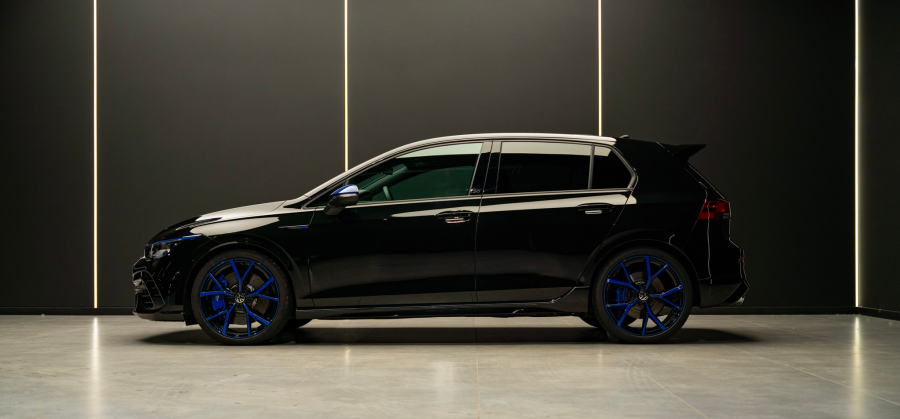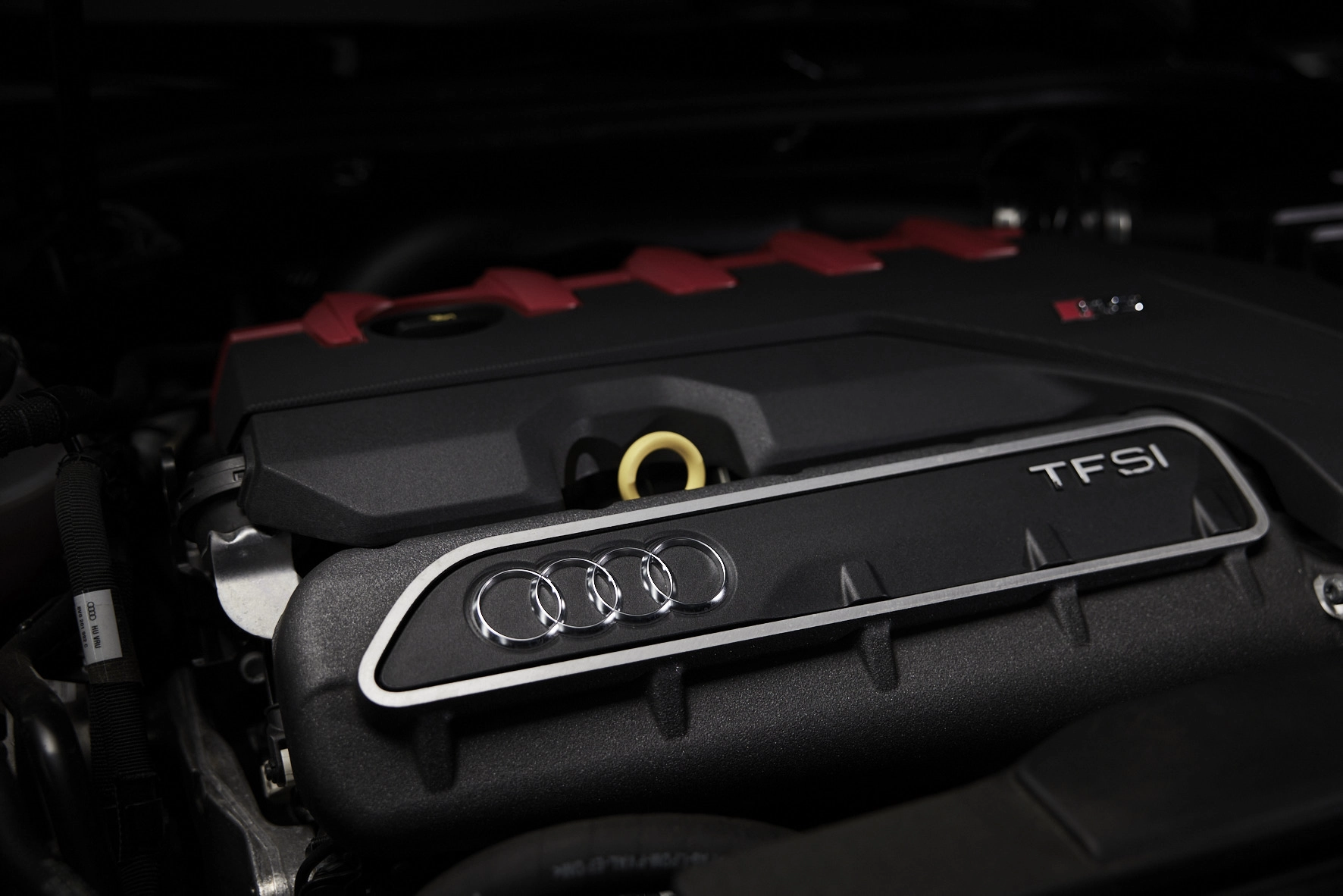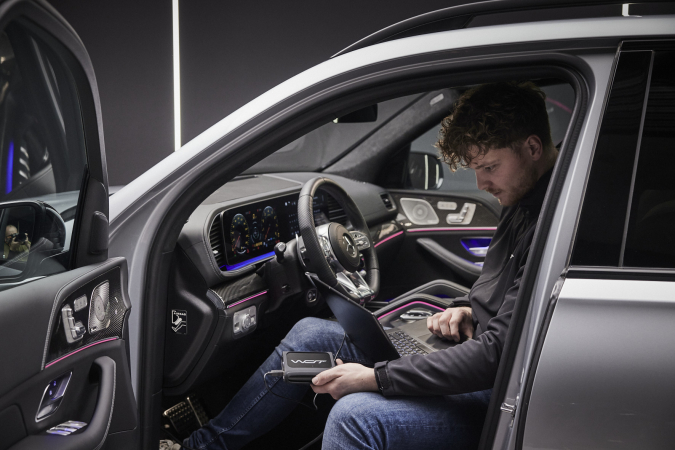

ICE - HEV - MHEV - PHEV - BEV
The automotive industry is changing rapidly and one of the most striking developments concerns the different types of powertrains available on the market. Technological breakthroughs and environmental concerns have given rise to a variety of propulsion solutions, each with its advantages and its disadvantages. In this article, we will explore the main types of powertrains to help you better understand the choices available to you as a driver. From the traditional internal combustion engine to revolutionary electric vehicles, discover the different options that are shaping the future of mobility.
1. Internal Combustion Engine (ICE):
Internal combustion engines work by burning fuel, whether petrol or diesel, in a combustion chamber to produce power. These engines are the most widespread and are fitted in the vast majority of vehicles on the road today. Despite Europe’s goal of reducing their use in the long term, internal combustion engines still have a promising future, especially if they can be adapted to work with efuel. Efuel has the potential to make engine combustion completely neutral in terms of CO2 emissions, which would extend the viability of this type of engine.
2. Hybrid Electric Vehicles (HEV) and Mild Hybrid Electric Vehicles (MHEV):
HEV are designed with a combination of an internal combustion engine and an electric motor. One of the major advantages of these vehicles is their ability to use electric power for light driving at low speeds, which significantly reduces fuel consumption. It should be noted that, unlike plug-in hybrid vehicles, HEV (MHEV, for example) cannot be recharged by an external source. However, they offer an excellent compromise in terms of emissions, especially for small, light vehicles. Indeed, it is not uncommon to achieve fuel consumption of less than 5 liters per 100 kilometers thanks to this ingenious device.
3. Plug-in Hybrid Electric Vehicles (PHEV):
PHEV are similar to HEV, but they have a larger battery that can be recharged via an electrical outlet.
They offer a limited purely electric range, before switching to the internal combustion engine. This approach is particularly appreciated in Europe, especially when the vehicle is equipped with a battery large enough to keep CO2 emissions below the limit of 49 grammes per kilometer. This feature provides fiscal benefits and attractive tax deductions, making it the smart choice for many drivers.
4. Battery Electric Vehicles (BEV):
BEV, or battery electric vehicles, run exclusively on electricity thanks to a rechargeable battery. These vehicles produce no exhaust emissions and rely entirely on electricity for propulsion. Although the current range of these motors may still be considered insufficient by some, the technological advances in the field of batteries are remarkable. In addition, electric motors are simpler to design, which means they can offer impressive performance despite the weight that can sometimes limit the sportiness of these vehicles.
Each of these types of powertrain has its advantages and disadvantages and the choice often depends on individual preferences, the intended use of the vehicle and environmental considerations. WOT legal optimization can be applied to several of these engines to improve their performance and efficiency, while remaining compliant with local regulations.

